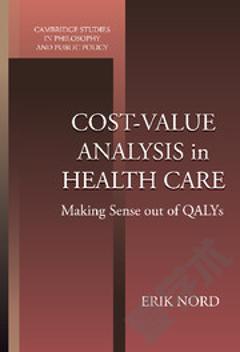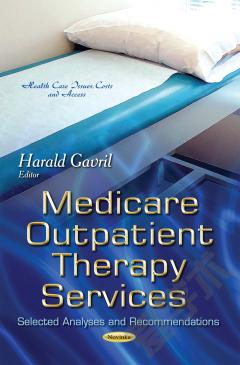Disproportionate Medicaid Expenditures: Select Analyses
Medicaid is an important source of health coverage for millions of low-income individuals. Research on Medicaid has demonstrated that a small percentage of beneficiaries account for a disproportionately large share of Medicaid expenditures. Understanding states’ expenditures for high-expenditure populations—both those dually eligible for Medicare and Medicaid, and those who are Medicaid-only—could enhance efforts to manage Medicaid expenditures. This book examines high-expenditure Medicaid-only beneficiaries, considering states’ spending on them compared with all other Medicaid beneficiaries; their key characteristics; and their service usage compared with all other Medicaid-only beneficiaries. This book also provides an overview of Medicaid disproportionate share hospital (DSH). It includes a description of the rules delineating how state DSH allotments are calculated and the exceptions to the rules, how DSH hospitals are defined, and how DSH payments are calculated.
{{comment.content}}








 京公网安备 11010802027623号
京公网安备 11010802027623号